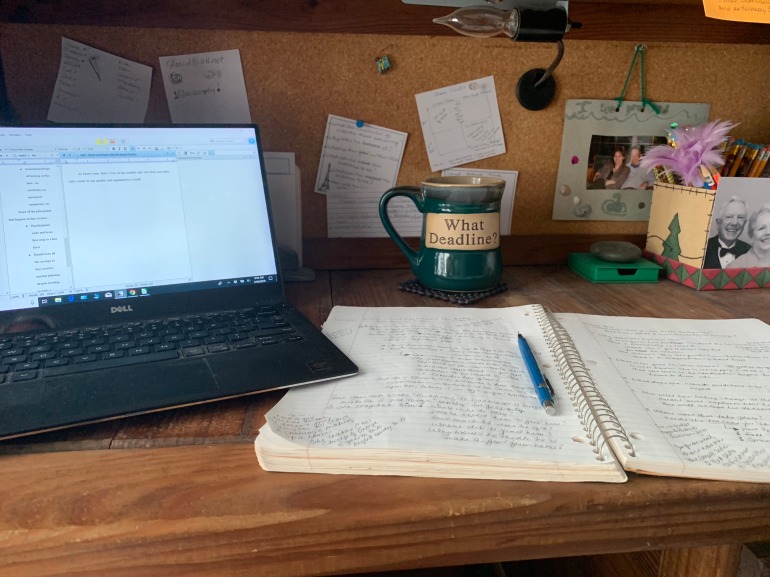Some writers are blessed with the innate knowledge of where their story is going. Others just write and let the story take them where it will.
In the writing world, there are two main camps of fiction writers. Plotters and Pantsters1. The former has the story mainly plotted out, either on paper or some lucky few have all that incredible knowledge in their heads. Pantsters, however, don’t bow to the conventions of linear time. They just write whatever story bit is in their head at the moment and sometime later, by invoking some weird kind of magic, move the scenes around to create a story, i.e. they write “by the seat of their pants.”
Sadly, I am neither.
I originally tried the pantster method. It seemed organic to write whatever scene popped into my brain. I would read some interesting bit of period trivia and think Harold or Rose would do that and then write a scene about it. Unfortunately, in my hands, pantsing (is that the verb form of pantster? Or just the unfortunate locker room prank of yanking some poor soul’s britches off?) made for a hodge-podge of scenes, but no cohesive story.
When I failed as a pantster, I tried writing out detailed, plot-driven outlines, making sure to include as many of the twelve stages of a good story as I could.2 My characters, though, refused to conform and kept roaming off script.
Today, I use the “and then what happened” method. That is to say, I evaluate my previous scene and ask myself a lot of questions: what just happened to the character? how does he feel about that? what thing or things would he do next? And then, with paper and pencil, I sketch out a possible scene. Or several possible scenes, if I’m not sure which one will work the best.
It slows down the writing process. But I find, in the long run, that I don’t get off track nearly as often. 3
Notes
- One very famous pantster is Diana Gabaldon of Outlander fame.
- There’s a lot of different names for story structure, each with slightly differing stages. One that’s common in movie writing–and often taught to new writers– is The Hero’s Journey.
- All this to say I’ve not made much actual writing progress since my last post… only 1140 words, about 300 of which I decided needed to be axed when I applied my “and then what happened” questions. Geez! I may never finish this book.


Don’t give up, you will find the magistrate formula for you!
LikeLike
Just keep swimming
LikeLike
I love that movie!
LikeLike
I can’t pants (verb form?) Diana’s way (tried it and had the same problems as you) but I am a pantster — I just do it linearly throughout the story; I guess that’s what “and then what happened?” is helpful for. But I do a wee bit of plotting, in that I know what the ending will be…
LikeLiked by 1 person
Oh, I also know my ending. And a few set-in-stone middles. Do you think true pantsters don’t know their endings? Gosh! That would be a terrifying way to write, I’d think.
LikeLike